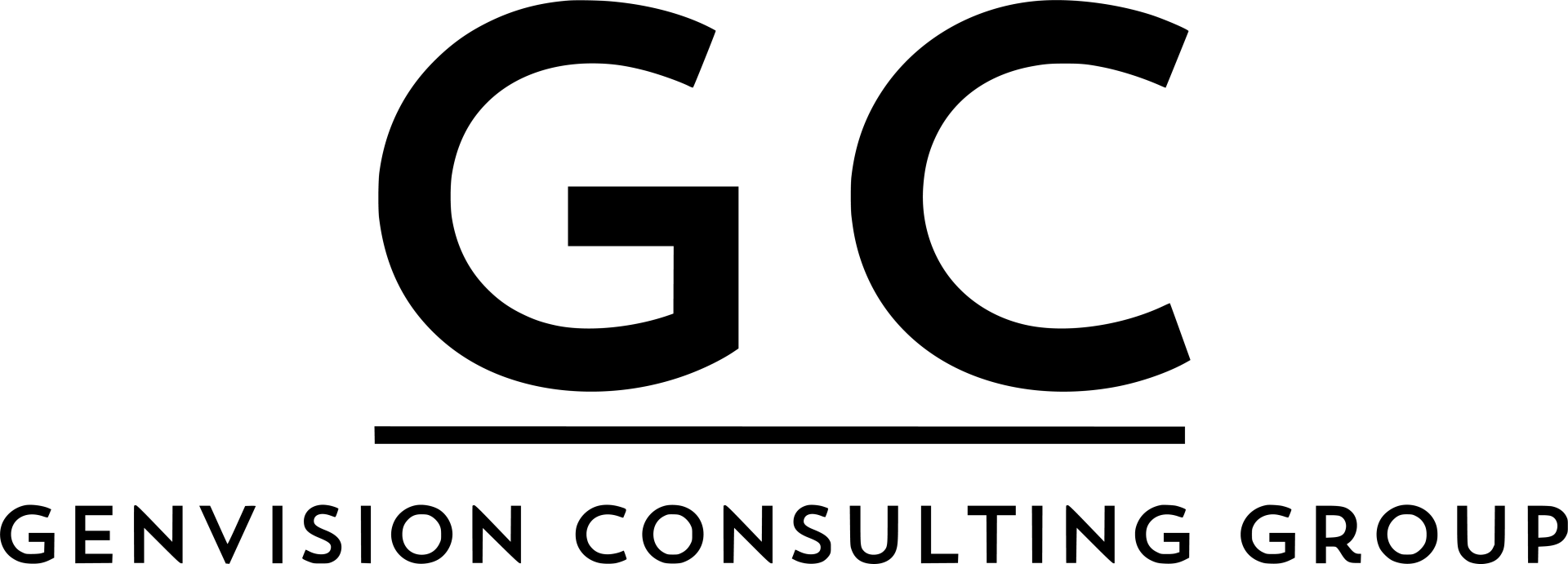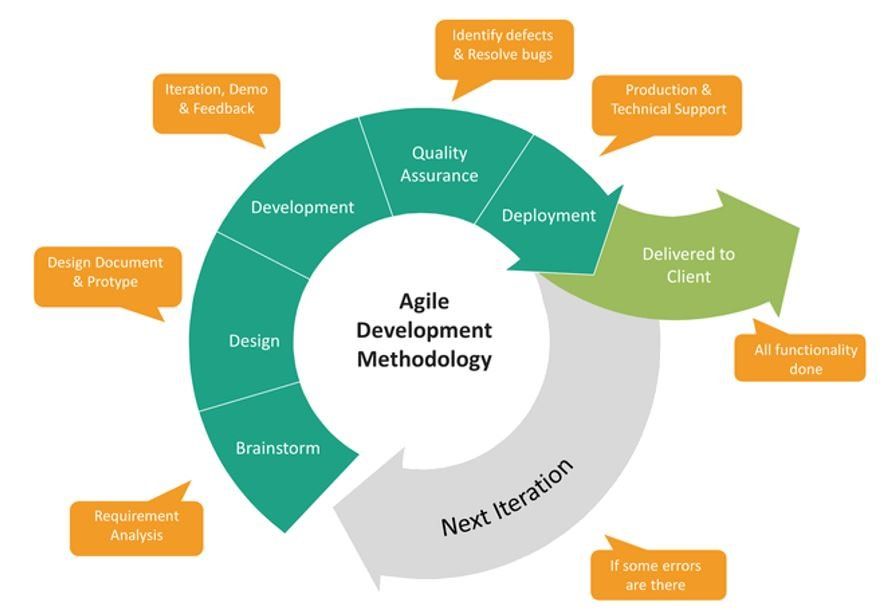Are you Ready to Go Agile
by Kwame Guy, GenVision CEO
Are you considering whether your organization is ready to go Agile? Consider the following project management and Agile concepts.
If you or your organization is contemplating a new project or initiative and is facing the dilemma of which project management methodology to choose, this article might help you in your decision making.
Over the past 25 years, I have managed projects of all sizes from small to large complex systems that impact every line of business within an organization. Project management methodologies, tools and techniques have changed so much over time and have made it difficult to determine which method to use while also minimizing costs, maximizing efficiency and optimizing results. Let’s first take a look at a more traditional project management life cycle.
The Five Phases of Traditional Project Management Life Cycles
Every project goes through the project life cycle, which is made up of five project management stages: initiation, planning, execution, monitoring and control, and closure.
Phase 1: Project Initiation
This is the starting phase where the project manager must prove that the project has value and is feasible. This includes creating a business case that justifies the need for the project and a feasibility study to prove it can be executed within a reasonable time and cost. The next step is to create a project charter to communicate the goals of the project. A project brief serves a similar purpose. The main difference between the charter and the brief is that a charter is part of the PMBOK (Project Management Body of Knowledge) framework, while a project brief aligns with the PRINCE2 methodology. This project management stage culminates in a project kickoff meeting, where the team, stakeholders and other relevant parties are brought together to lay out the project goals, schedule, processes, and the chain of communication.
Phase 2: Project Planning
After the project has been approved, the project moves into the second phase which is project planning. The goal of this phase is the creation of the project plan which will be the guide for the next two phases. The project plan must include every component associated with the execution of the project, including the costs, risks, resources, and timeline. During this phase, the project scope (the work required to complete the project) is defined using a work breakdown structure (WBS). The WBS breaks the project down into activities, milestones, and deliverables, making it easy for project managers to create schedules and assign tasks to their team members. Project managers often lay out their project plan using a Gantt chart, which provides a visual roadmap for the work until the project reaches its conclusion.
Phase 3: Project Execution
The third project management phase is project execution. During this phase, tasks and milestones outlined in the plan are expected to be completed. If needed, the project manager will reallocate resources, identify and mitigate risks, manage obstacles, and incorporate any changes.
Phase 4: Project Monitoring and Control
The fourth project management phase, project monitoring and control, takes place concurrently with the execution phase. It involves monitoring the progress and performance of the project to ensure it stays on schedule and within budget. Quality control procedures are also applied to guarantee quality assurance.
The three factors that typically cause challenges during a project cycle are time, cost, and scope – also known as “the triple constraint.” The main goal of this phase is to set firm controls in place to ensure those three factors do not go off track.
Phase 5: Project Closure
The fifth project management phase is project closure in which the final deliverables are presented to the client or stakeholder. Once approved, resources are released, documentation is completed, and everything is signed off on. At this point the project manager and team can conduct a post-mortem to evaluate the lessons learned from the project.
Now, let’s consider a few more project management methodologies.
Predictive
Predictive project life cycle takes advantage of things that are known and proven over time and hence help reduce uncertainty and manage overall costs.
Advantages:
- Requirements are fixed.
- An activity is performed only once for the entire project.
- Single delivery at the end.
- Effective in managing costs.
Iterative
Iterative project life cycle allows for feedback on partially completed or unfinished work to adjust for a desired outcome at the end.
Advantages:
- Requirements are clear but can be dynamic and change as requirements change.
- Activities are repeated until correct.
- Single delivery at the end of the increment.
- Effective in getting the ultimate desired customer outcomes.
Incremental
Incremental project life cycle provides finished deliverables that the customer may be able to use immediately.
Advantages:
- Requirements are dynamic.
- Activities are performed once for a given increment.
- Frequent smaller deliverables.
- Activities are repeated until correct.
- Single delivery at the end of the increment.
Agile Project Management
Agile project life cycle leverages both the aspects of iterative and incremental approaches. Within the Agile approach, teams iterate over the product by getting frequent feedback from the business and or customer. In addition, Agile teams work directly with the product owner to prioritize the most valuable capabilities first providing an immediate return on investment.
Advantages:
- Requirements are dynamic.
- Activities are repeated until correct.
- Frequent smaller deliverables.
- Effective in getting customer value via frequent deliveries and feedback.
- Activities are performed once for a given increment.
- Single delivery at the end of the increment.
- Effective in speed to getting the ultimate desired customer outcomes.
Closing
In my 25 years of experience, there is not a single project management methodology that best fits every individual project. I have seen a combination of different methods between Predictive, Iterative and Agile frameworks. However, as a certified scrum master and educator, I have seen more organizations and teams successfully deliver valuable products, services and capabilities to market faster and more efficiently using the Agile framework.
Thank you for reading this article and I hope this enables you to make an informed decision going forward.




